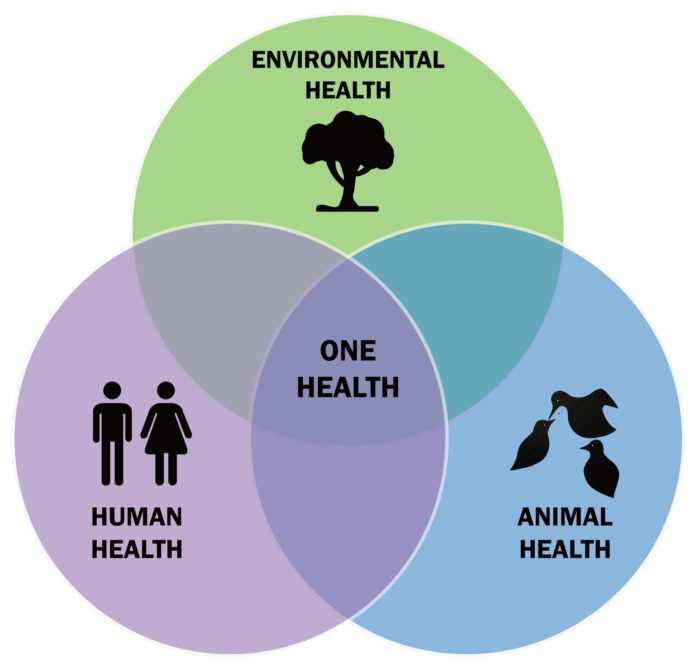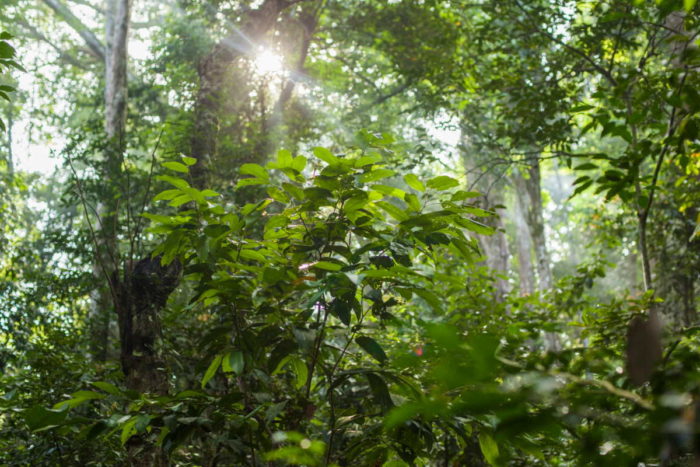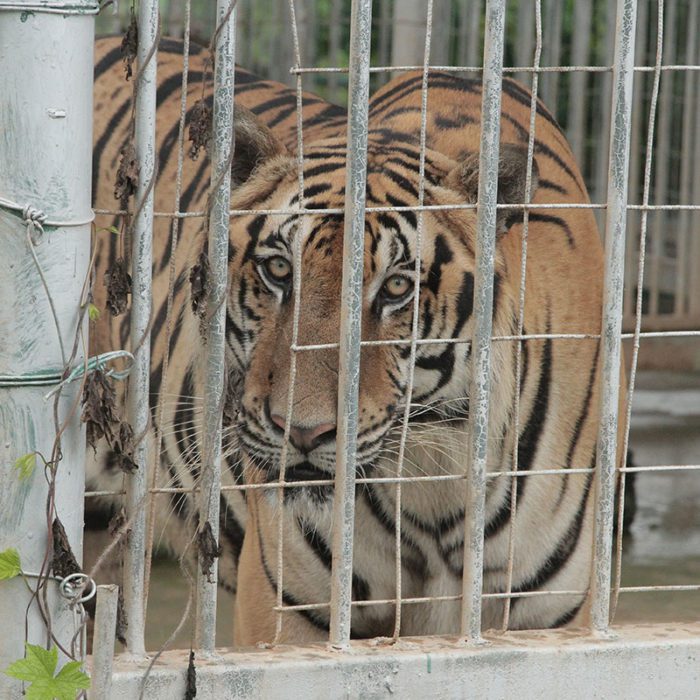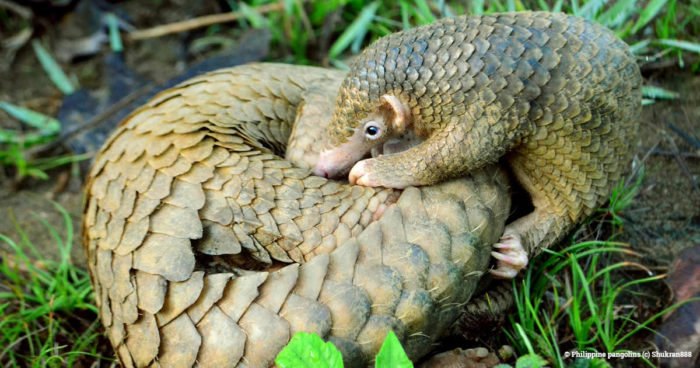One world, One Health – rethinking our relationship with wildlife in the time of a pandemic



Today is World Health Day and we’re turning a spotlight on the concept of ‘One Health’, calling on the World Health Organisation (WHO) to recommend a ban on commercial wildlife markets including the use of wildlife in traditional medicine.
We need to think of wildlife protection as part of ensuring our own wellbeing. The health of humans, animals and the environment are intertwined.
 We must work across disciplines with medical researchers, policy-makers, environmental scientists, agroforestry experts, economists and others to take an holistic approach.
We must work across disciplines with medical researchers, policy-makers, environmental scientists, agroforestry experts, economists and others to take an holistic approach.
New infectious diseases cause grave impacts on our health and economies. Research shows that between 1994 and 2004, 60 per cent of such diseases had jumped from animals to humans, with an increasing majority from wildlife.
It has been suggested that the emergence of such diseases is as a result of human-driven activities resulting in environmental degradation.
One Health is an approach promoted by the WHO which integrates human, wildlife and environmental disciplines to address public health risks. The WHO recognises the importance of One Health in disease control; this is of particular importance at the moment due to the ongoing coronavirus (aka COVID-19) pandemic.
So what does One Health mean? In short, as we share the same environment with other creatures, large and small, our health and their health are one.
 On the grand scale of things, we are talking about maintaining a healthy ecosystem, rich in biodiversity, which provides us with clean air, water, soil and a stable climate that not only keeps us physically well but also improves our mental health.
On the grand scale of things, we are talking about maintaining a healthy ecosystem, rich in biodiversity, which provides us with clean air, water, soil and a stable climate that not only keeps us physically well but also improves our mental health.
Wild animals, domestic animals and humans all sit on the same branch of the tree of life, so bacteria and viruses can jump between us more easily since our bodies function more or less the same way.
Some better-known examples of diseases originating from domesticated animals include swine flu from pigs and MERS from camels. Large scale medication in livestock is also contributing to the rise of antibiotic resistance. For wild animals, we simply do not know all bacteria and viruses they carry, although it is safe to say that they can pose serious life-threatening risks, as demonstrated by the coronavirus pandemic.
The main problem is that we cannot predict when or how pathogens jump from animals to humans. The more we come into contact with animals, the higher the risk for new zoonotic diseases (those which arise from animals) to evolve. The increased movement of people and goods around the world facilitates the rapid spread of such diseases.
 Many existing forms of human-wildlife contact are unnecessary and avoidable, particularly in light of the serious risks posed to human health; these include tiger farming, consumption of wildlife meat and commercial trade in wildlife and their parts and derivatives.
Many existing forms of human-wildlife contact are unnecessary and avoidable, particularly in light of the serious risks posed to human health; these include tiger farming, consumption of wildlife meat and commercial trade in wildlife and their parts and derivatives.
For example, the use of big cat bone, rhino horn, pangolin scales, bear bile and elephant skin in medicinal products is a serious concern and also a key driver of poaching. In our latest report, EIA has exposed the flagrant trade of leopard bone products in China.
Consumers are not the only people coming into contact with potentially dangerous germs. Poachers, workers at wildlife farms, staff at processing factories, vendors at markets, people at every stage of the wildlife trade chain are exposed as they come into direct contact with animals or their parts.
China and Vietnam are both in the process of banning the consumption of wildlife for food as a result of the COVID-19 pandemic. However, this alone will not be enough to prevent future zoonotic public health issues and EIA strongly recommends extending this ban to include the use of wildlife in traditional medicine or as ornamental items..
 Asian countries are not alone in eating or consuming wildlife. This is a global problem, requiring an international response. Towards this end, EIA and other organisations urged the WHO in 2019 to condemn the use of wildlife parts in traditional Chinese medicine.
Asian countries are not alone in eating or consuming wildlife. This is a global problem, requiring an international response. Towards this end, EIA and other organisations urged the WHO in 2019 to condemn the use of wildlife parts in traditional Chinese medicine.
We are now acting as a member of a joint initiative calling upon the WHO to urge governments to implement a permanent global ban on commercial wildlife markets and to take a highly precautionary approach to wildlife trade.
We are also joining an new alliance of organisations from across multiple disciplines to launch a campaign to bring about lasting changes to prevent, as far as is possible, future pandemics. Keep an eye for more news soon under #HandsOffWildlife.
All countries should step up their efforts to end commercial wildlife trade and safeguard biodiversity. Ultimately, our wellbeing depends on it.